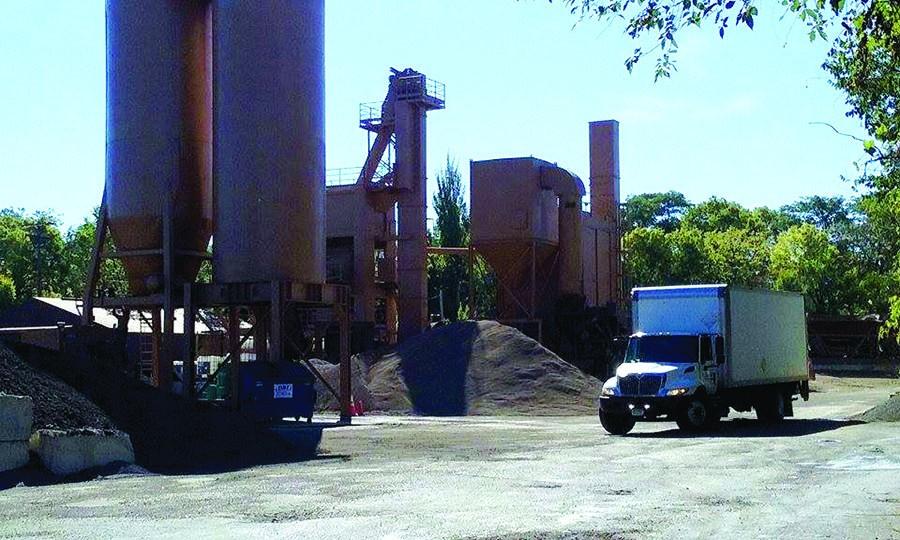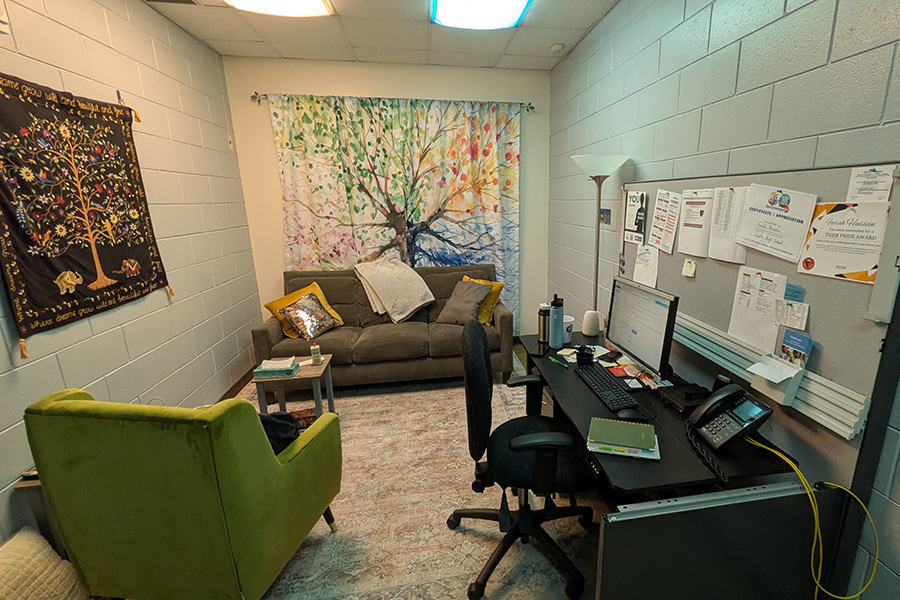In his March 9 opinion piece “District zoning causes segregation among public schools”, Gabe Bethke claims that when the district’s Changing Schools Options (CSO) plan went into effect, it forced more students to go to school in their own segregated neighborhoods, causing schools to become more segregated.
Many of our city’s neighborhoods are segregated, but consider the case of Seward and Sullivan schools. Seward is 47.2% white and Sullivan is 12.5% white, yet these schools are separated by a mere 0.9 miles. Are the neighborhoods surrounding these two schools that drastically different? Numerous other examples abound throughout the city. Dowling (66.1% white) and Hiawatha (46.7% white) are only 0.8 miles apart. The distance between Marcy and Sheridan is only 1.3 miles, yet these schools are 54.5% and 10.9% white, respectively. Barton (68.7% white) and Lyndale (25.6% white) are 1.53 miles from each other. Why do these schools that are so close to each other have such different demographics? It can’t be because of segregated neighborhoods, because the schools in each pair draw students from the same area.
Approximately 50% of the families with children in the Minneapolis Public Schools turn in the “choice card” used to request a school for their child. Popular schools fill up quickly and have long wait lists. If a student’s family doesn’t turn in a choice card, the student won’t get into one of those popular schools. Instead, the district assigns these students to less popular schools because those schools have room.
The district’s school choice system allows those who turn in choice cards to isolate themselves from those who don’t. When the families who turn in cards are racially and economically different than the families who don’t turn in cards (and district data show these families do tend to be different from each other), the result is racially and economically isolated schools.
High schools in the Minneapolis Public Schools are segregated, but less so since Changing Schools Options went into effect. In the year before the change (2009-2010), South and Southwest were the schools with the highest percentage of white students. This year, the second since CSO, the percentage of white students at South and Southwest is lower and closer to the district average. The percentage of white students has increased and is closer to the district average at all the other high schools except Edison. Before CSO, 79% of allwhite high school students in the district went to South or Southwest. Two years later, that number is 70%.
-Randy Niemiec, South math teacher and parent of two Lyndale students.
To read the original article click here







